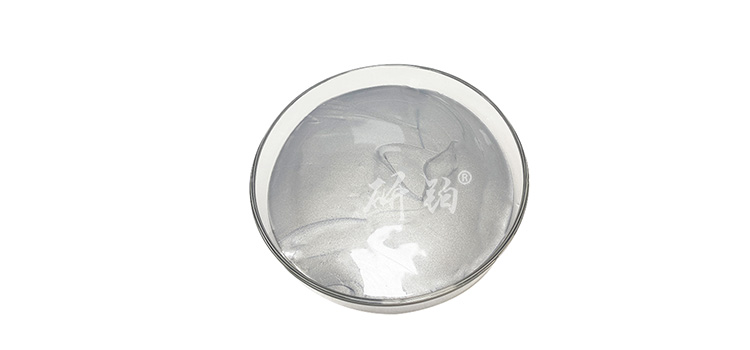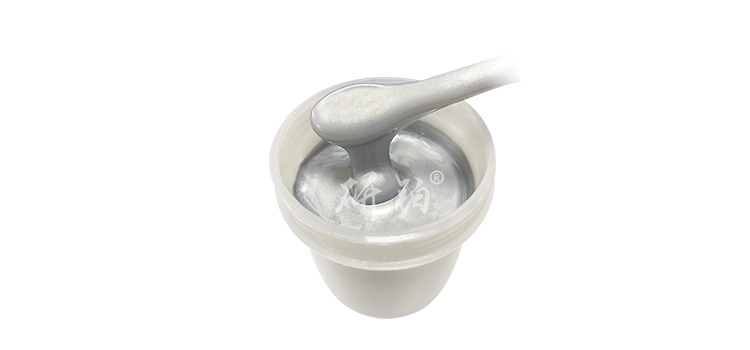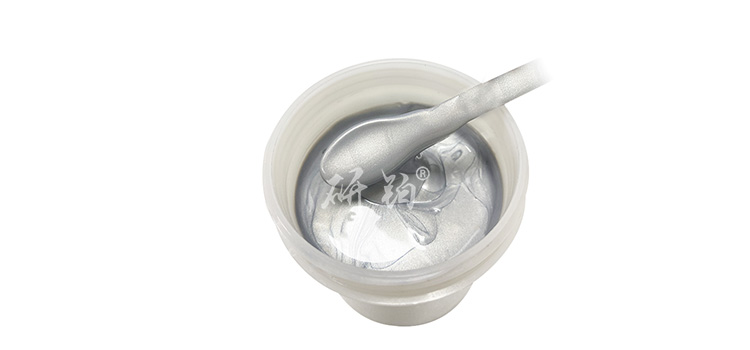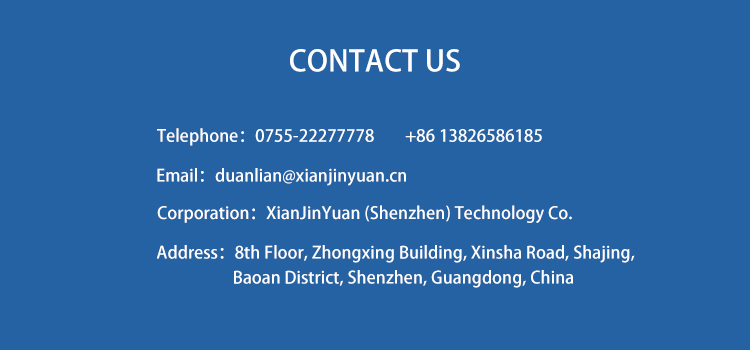

Hotline:0755-22277778
Tel:0755-22277778
Mobile:13826586185(Mr.Duan)
Fax:0755-22277776
E-mail:duanlian@xianjinyuan.cn
In recent years, with the increasing application of third-generation semiconductor materials such as SiC and GaN, the requirements for packaging interconnect materials have become more stringent. Traditional soldering is gradually being replaced by nano silver sintering technology that can withstand higher working temperatures and has good reliability due to its lower operating temperature limitations and poor thermal cycling stability. Among them,Pressure sintered silver pasteAs an emerging material, it has become one of the research focuses in the industry due to its advantages of low-temperature connection and high-temperature service. However, even under optimized process conditions, there may still be insufficient strength of the connecting layer in some cases, which poses a challenge to the long-term stability and safety of the product.
Yanbo brand YB1011 pressure sintered silver paste is made ofAdvanced Institute (Shenzhen) Technology Co., LtdA high-performance interconnect material developed specifically to meet the packaging requirements of high-power modules. This product adopts a unique formula and technical route to ensure high-quality large-area bonding at lower temperatures. Compared with the traditional pressureless sintering method, YB1011 can further improve the contact tightness between silver particles by applying appropriate pressure, thereby obtaining a denser and smoother connecting layer structure. In addition, it also has good wetting properties and low electrical resistivity, making it suitable for various substrate materials.
althoughPressure sintered silver pasteIt has many advantages, but in practical operation, if the relevant parameters are not controlled carefully, it may result in a lower than expected strength of the final formed connection layer. The following will provide specific analysis from several aspects:
Research has shown that silver particles of different sizes have a significant impact on the mechanical properties of sintered joints. Although micrometer sized silver particles can form strong connections at higher temperatures, excessively high temperatures can easily damage the chip; On the contrary, nanoscale silver particles can achieve large-area bonding under lower temperature conditions, but if only a single size is usednano silverThis may lead to stress concentration due to poor plasticity, resulting in problems such as cracks. Therefore, choosing the appropriate particle ratio is crucial. For example, a high plasticity factor composite solder paste was prepared by mixing 50 nm and 1 μ m silver particles, effectively improving the plasticity of the sintered layer. In actual production, if silver particles are not strictly mixed according to the recommended ratio, it may lead to a decrease in the strength of the connecting layer.
In addition to the characteristics of the silver particles themselves, the process parameters during the sintering process also determine the quality of the final connecting layer. According to literature reports, sintering temperature, time, and pressure are three key factors. Excessive or insufficient temperature can affect the metallurgical bonding effect between silver particles; Similarly, too short a time cannot guarantee sufficient reaction, while too long a time increases costs and may cause other side effects. As for pressure, appropriate external loading can help eliminate pores and promote particle fusion, but excessive pressure can actually cause damage. Therefore, these parameters must be precisely controlled when using YB1011 to ensure optimal performance.
Another factor that cannot be ignored is the state of the surface to be connected. Any residue or oxide layer may hinder direct contact between silver particles and the substrate, reducing adhesion. Especially when processing copper substrates, due to the easy oxidation of Cu, measures such as introducing nitrogen gas as a protective gas are usually taken before sintering to prevent this from happening. In addition, the surface roughness of the substrate can also affect the quality of the joint, as being too smooth or rough is not conducive to forming a strong connection.
In order to overcome the defects of pure silver sintering, there has been a trend in recent years to add other components to make composite materials. For example, by partially replacing nano silver particles with SiC particles coated with Ag, the thermal conductivity has been successfully improved; Yu et al. chemically plated Sn on nano silver particles, enhancing shear strength and reducing electrical resistivity. However, it is worth noting that when introducing additional substances, careful consideration should be given to whether they will have adverse effects on the original system. For example, excessive SiC addition can actually deteriorate the mechanical properties of sintered joints. Therefore, when selectingYB1011 pressure sintered silver pasteWhen using similar products, the formula ratio should be adjusted reasonably according to the specific application scenario.
To address the above issues, improvements can be made from the following aspects:
Optimize silver particle combination: Select the most suitable silver particle size and shape based on the target application, and adopt a multi-scale composite strategy if necessary.
Fine tuning of process conditions: Determine the optimal combination of sintering temperature, time, and pressure through experiments to ensure both achieving the desired bonding effect and avoiding unnecessary damage.
Strengthen surface pretreatment: Ensure that all surfaces involved in the connection are clean and free of contamination, and adjust surface properties appropriately to facilitate good adhesion.
Exploring new material combinations: Continuously monitor the research progress on new composite materials in the industry, and introduce new elements that are beneficial for improving the strength of the connecting layer in a timely manner.
In summary, by systematically analyzing the technical reasons behind the insufficient strength of the pressure sintered silver paste connection layer, we can not only better understand the limitations of existing materials and processes, but also provide theoretical basis for the development of more advanced interconnect solutions in the future. Advanced Institute (Shenzhen) Technology Co., Ltd. will continue to explore this field and strive to provide customers with more reliable products and services.
The above data is for reference only, and specific performance may vary due to production processes and product specifications.

Advanced Institute (Shenzhen) Technology Co., Ltd, © two thousand and twenty-onewww.avanzado.cn. All rights reservedGuangdong ICP No. 2021051947-1 © two thousand and twenty-onewww.xianjinyuan.cn. All rights reservedGuangdong ICP No. 2021051947-2